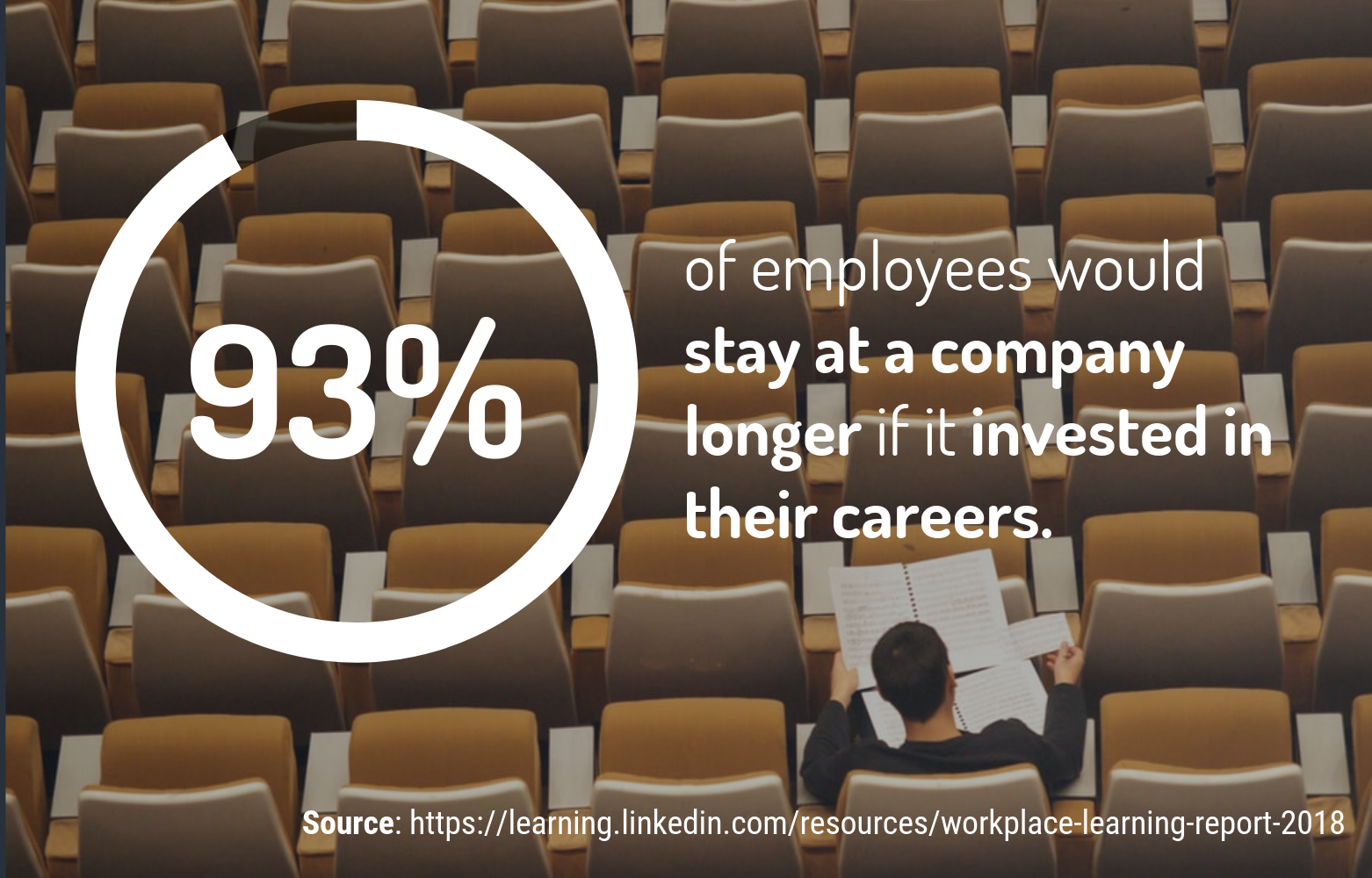Fostering Happy, Motivated Employees through a Culture of Learning
By Koren Easterday, Client Development Director, Allied Solutions and Erin Walquist, Manager of Client Development Support, Allied Solutions
The modern workforce has changed a lot. Simply offering good pay and competitive benefits is no longer enough to attract and retain good employees. Today’s workers want to work for an organization that nurtures their professional development and growth. In fact, studies show that employees who are given the opportunity to learn and grow within their roles are far more likely to be engaged in their work and far less likely to leave their organization.

In other words, building a culture that fosters and rewards learning opportunities for your employees can result in happier, more loyal, and harder working employees throughout your organization – from frontline and back office staff to upper management.
While establishing a “learning culture” can seem daunting, it is by no means an impossible task. Solidifying this enterprise-wide transformation will take some time and focus, but there are things you can start doing right away to make steps toward this cultural shift.
Credit unions and other organizations that have developed and sustained a successful learning culture demonstrate a clear commitment to four key elements:
1. Learning Resources
Creating resources for staff to pursue on-the-job learning is key in establishing a learning culture. Take these steps to begin building an infrastructure of learning that encourages professional development:
- Build a training program blueprint that aligns with your organization’s needs as well as the needs of your learners/staff.
- Invest in technology and resources that support professional development and learning.
- Communicate the organizational value of employee development, either directly or through managers.
- Allow the time for coaches and managers to learn and develop their skills, through both structured training and self-directed learning.
2. Accountable Leaders
Your credit union’s leaders play a hug role in your learning culture. Managers should be responsible for their own professional development, while staying involved in their employees’ learning progress. Establishing strong leaders across your organization requires you to:
- Find and recruit managers who can influence and lead their teams.
- Clarify leadership’s role in supporting employees’ goals and professional development.
- Hold leaders accountable for their own professional development.
- Offer managers training and resources to help them to become better leaders.
3. Progress Tracking
You can’t manage what you don’t measure. In other words, tracking the successes and failures of learning goals–for teams and individuals–can help ensure goal accountability, while also flagging additional learning and growth opportunities. To measure learning progress across the organization:
- Advocate for goal tracking across the entire organization, at the team and individual level.
- Invest in goal tracking software.
- Review KPIs regularly, to hold teams and individual employees accountable to their learning objectives.
- Provide additional learning and training support for areas of the organization that are consistently struggling.
4. Success Recognition
Recognition is one of the cornerstones of any well-established learning culture. Credit unions that motivate employees with incentives and rewards are much more likely to have higher overall learning accountability and performance. Key elements of a recognition program include:
- Rewarding managers who make learning a priority
- Continuing or enhancing current incentive program
- Rewarding top-performing employees
- Developing a means to communicate about top performers and success stories
These big-picture strategies are just the start to developing a learning culture that will elevate the success of your employees and your business.
Interested in learning more? Check out our webinar to hear more about how your credit union can build a successful culture of learning.
